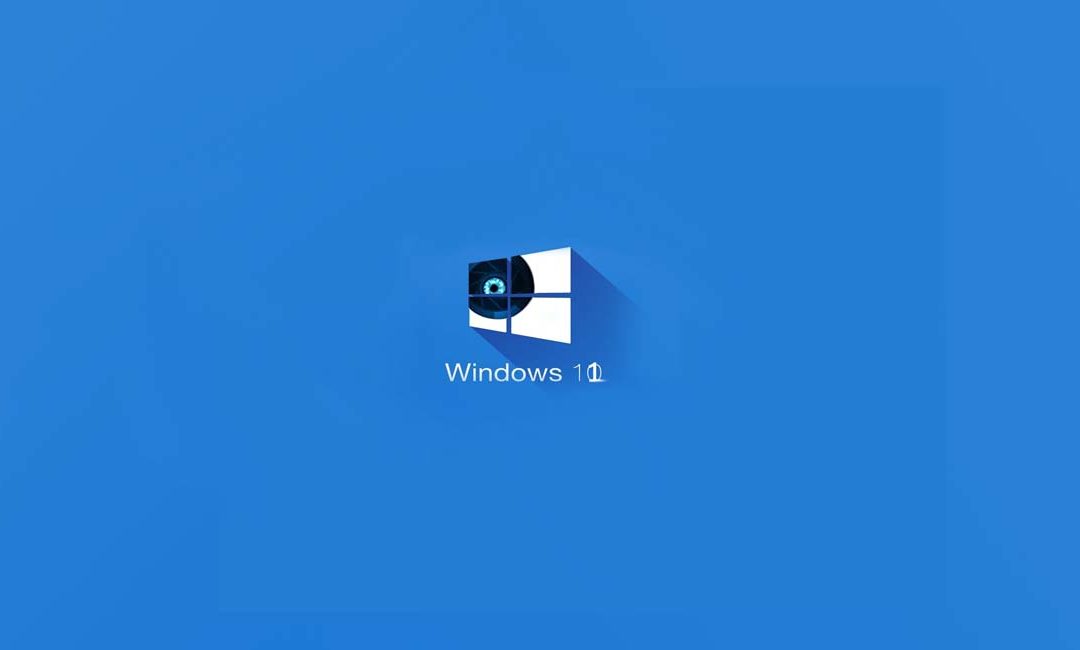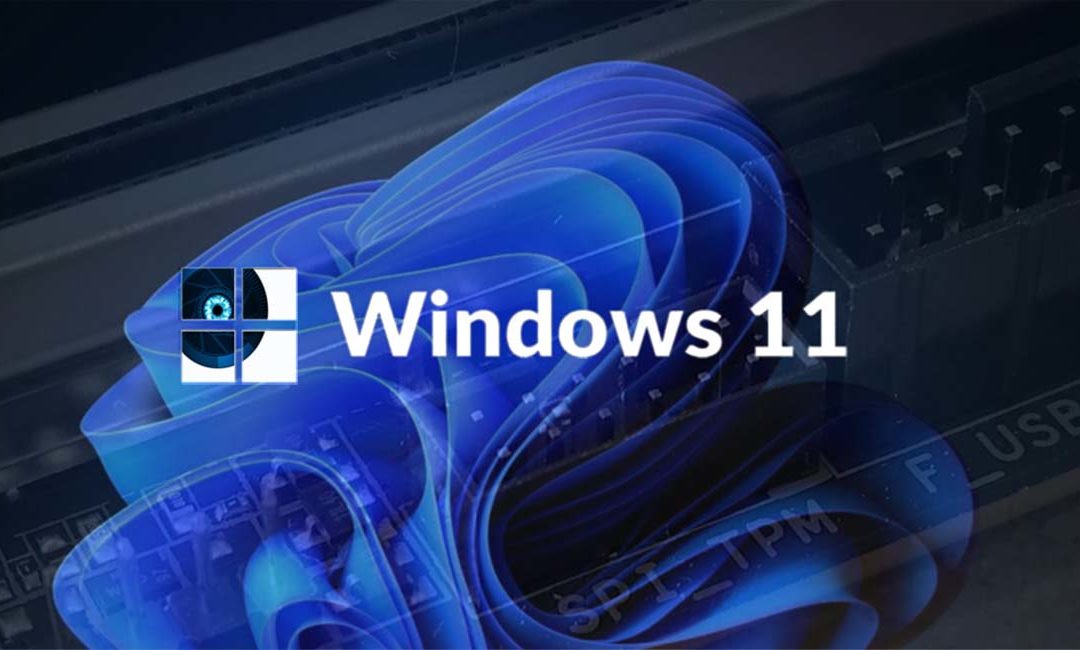
TPM 2.0 and Win 11- Part 2
In what has to be one of the most out of character moves ever, Microsoft recently released a registry hack to install Win 11 on a system that does not meet the minimum hardware requirements set by Microsoft. Why would they do that? It’s a good question that I do not know the answer to, but if allowed to speculate, I have a hypothesis or 2. To get there, let’s go back the beginning of the Win 11 adventure.
- October 2019– Microsoft announces the development of a dual screen friendly version of Win 10 named Win 10x. MS’s primary stated reason for the new OS was to allow Windows to run on dual screen PCs and laptops with external monitors. For those of us who have been using multiple monitor configurations on Win machines for years, this made very little sense.
- May 2021– Microsoft announces it will no longer be developing Win 10x. The project was put on indefinite hold. Following on the heels of that year’s continued global cancellation of civil liberties and in person human contact, this cancelation went mostly unnoticed.
- June 2021– Microsoft announces that it is nearly ready to release Win 11, which came as a bit of a surprise since this was the first mention of the new OS. Also, MS had claimed 10 was going to be the last OS they would release. It was envisioned as an evolving platform and held true to that for about 6 years.
- June 2021 additional– Microsoft sets the minimum system requirements to an arbitrary standard that would negate the ability to run Win 11 on nearly 90% of the factory built PCs* currently in use, 99% of gaming systems**, and 100% of virtual machines***. Even I had to pick up new equipment to install the dev and beta versions from the Windows Insider Program.
- October 2021– Win 11 is officially released. Almost immediately, followed by about a half a dozen published ways to bypass those requirement during install and/or regular operation. The simplest of which is to replace a single Win11 registry key with the Win 10 version of the same key.
- October 2021 additional– Microsoft publishes the Win 10 key to bypass their own requirements, without mentioning that it is simply the key from Win 10.
Hypothesis #1– Not to sound like a conspiracy theorist (mostly because the process by which MS releases and names its operating systems does not qualify as a conspiracy), I think it is fairly safe to say that Win 11 is Win10x with a new desktop style and very little else in the way of new anything. Microsoft has always built their new OS on top of the previous OS and all the core administrative functions, going back to XP, are readily available in Win 11. This release is, however, quite a few less shiny new bells and whistles than usual. My only guess is that the OS was intended to enforce an equipment upgrade across the globe, but they reasoned that the registry key bypass was too much of a tell of their tactics, so they tried to get ahead of it by publishing it in a way that didn’t involving the public noticing the Win 10 & 11 similarities.
Hypothesis #2– They realized that they had limited their new OS’s adoption to about 10% of existing systems* by excluding anything older than a few years, most gaming systems, and virtual machines. This bypass does not help gaming** or virtual*** machines, but it does expand their potential Win 11 customer base to include factory built machines within the last 3 years.
Whichever hypothesis is correct (it is most likely a combination of #2 plus a few other reasons), this seems like a continuation of corporate America’s unwritten policy of cost cutting by skipping in house funded product testing in favor of a general rollout to the public of a beta level product. The results of which could, theoretically, be the cause the historically frequent cascade of OS release problems and their immediate patching with less than optimal fixes, which we’ve experienced with every major Win OS rollout in the last 20 years. Sounds similar to something else Gates has been rolling out lately, doesn’t it?
- Best Practices****
My advice? Simple. Never be an early adopter of Gates inspired technology. It has rarely been rigorously tested or even proven to be a benefit to anyone until the first few service packs or patches have been released.
*TPM 2.0 has only recently been added to and put into use in production model PCs.
**Gamers rarely add security hardware to their self built systems.
***Virtual machines are just that. Virtual. Therefore they do not have hardware TPM’s installed.
****The best thing about Best Practices is that there are always so many to choose from.




